Publications
Peer Reviewed Publications
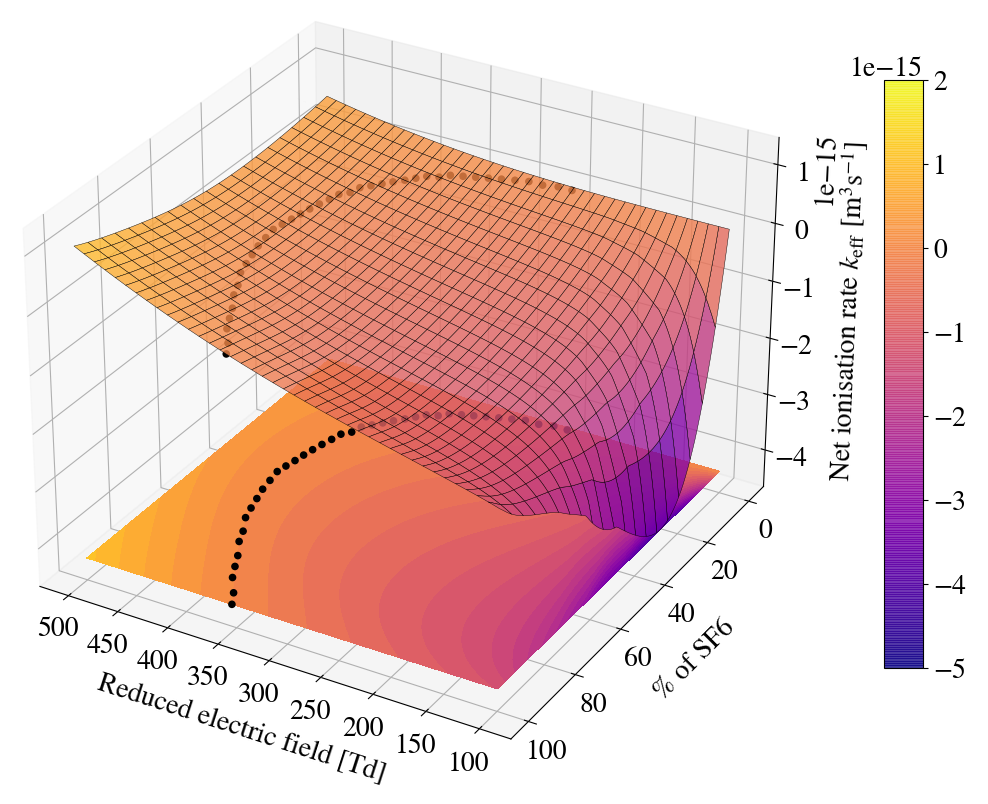
Robust approximation rules for critical electric field of dielectric gas mixtures
NA Garland, DL Muccignat, GJ Boyle, RD White. Journal of Physics D: Applied Physics 57 245202 (2024)
doi: 10.1088/1361-6463/ad2dbc
Summary: Determination of the critical electric field is crucial for designing and testing alternatives to SF6 for insulating high voltage electrical equipment. We outline the theoretical basis of a semi-analytic method for quickly approximating the density-reduced critical electric field for arbitrary mixtures of gases, and demonstrate how for binary mixtures the critical electric field can be computed from only the transport data of electrons in the pure gases.
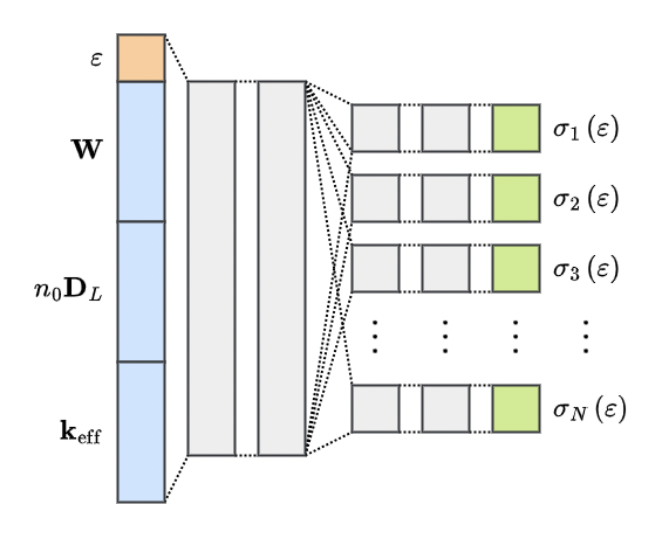
An iterative deep learning procedure for determining electron scattering cross-sections from transport coefficients
DL Muccignat, GJ Boyle, NA Garland, PW Stokes, RD White. Machine Learning: Science and Technology 5 015047 (2024)
doi: 10.1088/2632-2153/ad2fed
Summary: This paper outlines improvements to an Artificial Neural Network (ANN) method of determining electron scattering cross-sections from swarm data using the inverse swarm method. This problem has a degenerate nature in potential solution sets of cross-sections, particularly when there exists multiple cross-sections that each describe similar scattering processes. Some options on reducing the degeneracy and overall uncertainty of cross-section sets are explored.
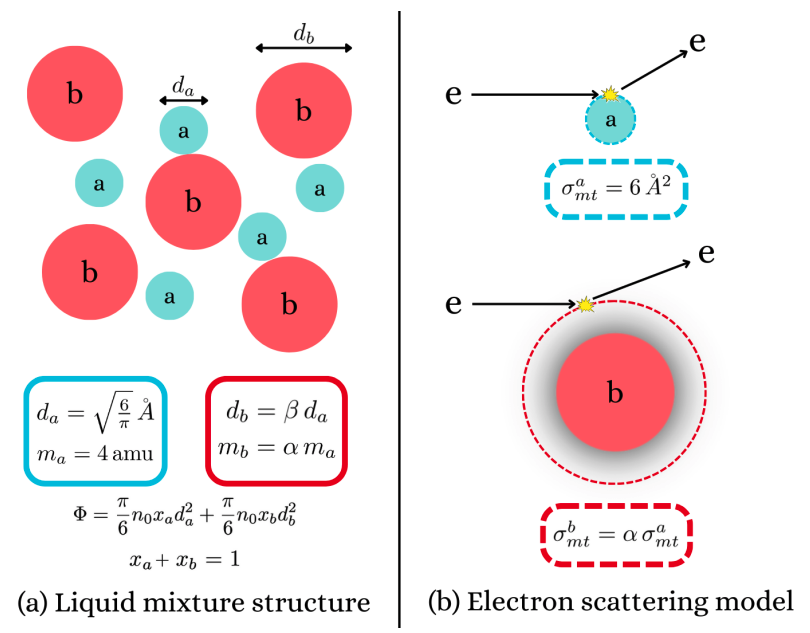
Electron scattering and transport in simple liquid mixtures
GJ Boyle, NA Garland, RP McEachran, KA Mirihana, RE Robson, JP Sullivan, RD White. Journal of Physics B: Atomic, Molecular and Optical Physics 57 015202 (2024)
doi: 10.1088/1361-6455/ad1d35
Summary: The theory for electron transport in simple liquids developed by Cohen and Lekner is extended to simple liquid mixtures. Benchmark calculations for a simple binary mixture of hard-sphere liquids are shown for transport properties, including the drift velocity, mean energy, longitudinal and transverse diffusion coefficients.

Semi-empirical analysis of leptons in gases in crossed electric and magnetic fields, Part II: Transverse compression of muon beams
M Hildebrandt, RE Robson, NA Garland. Journal of Chemical Physics 159 194116 (2023)
doi: 10.1063/5.0172598
Summary: This article employs fluid equations to analyse muon beams in gases subject to crossed electric and magnetic fields, whereby transverse compression of the beam is achieved by creating a density gradient in the gas. A general criterion for maximising beam compression, derived from first principles, is then applied to determine optimal experimental conditions for µ+ beams in helium gas.
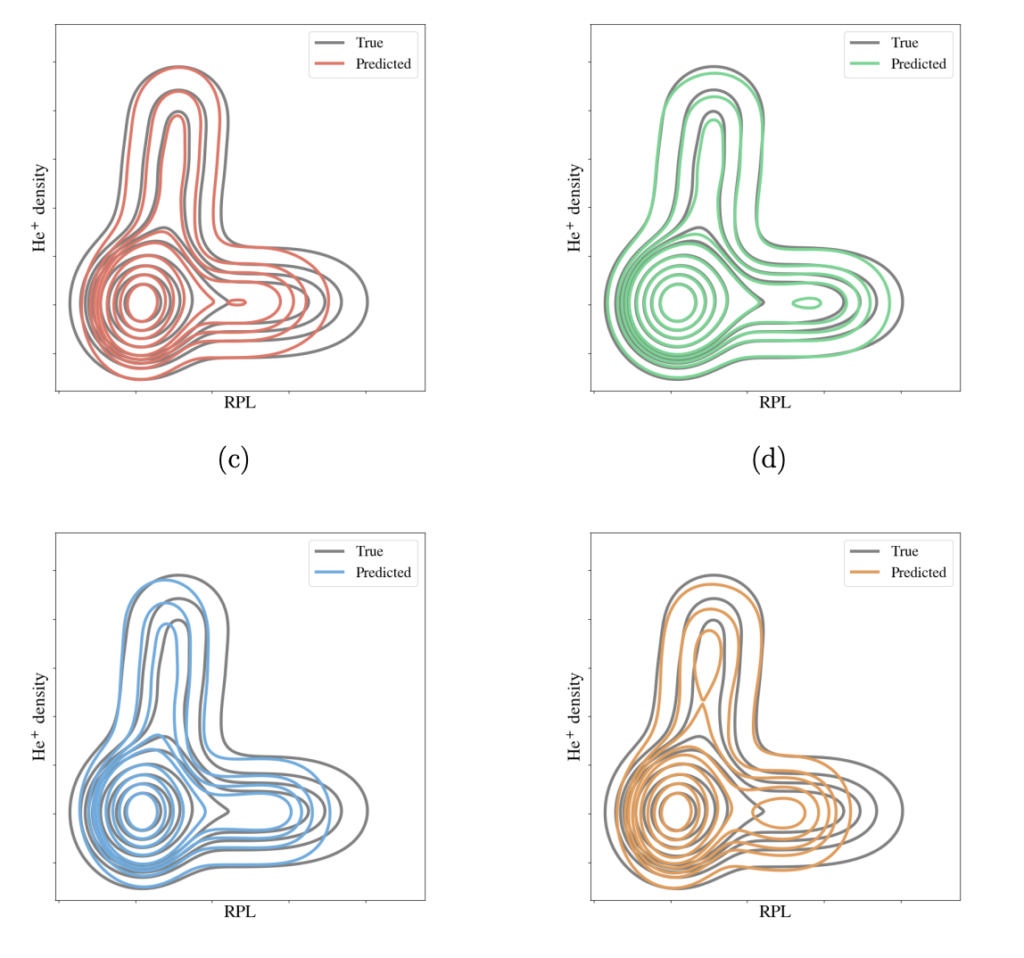
Efficient data acquisition and training of collisional-radiative model artificial neural network surrogates through adaptive parameter space sampling
NA Garland, R Maulik, Q Tang, X-Z Tang, P Balaprakash. Machine Learning: Science and Technology 3 045003 (2022)
doi: 10.1088/2632-2153/ac93e7
Summary: Using neural networks for quick calculation is great, but training data can be hard to gather and/or can take a super long time. This paper looks at a way to set up basic rules for AI to explore our parameter space itself and collect new training data where it is needed most.
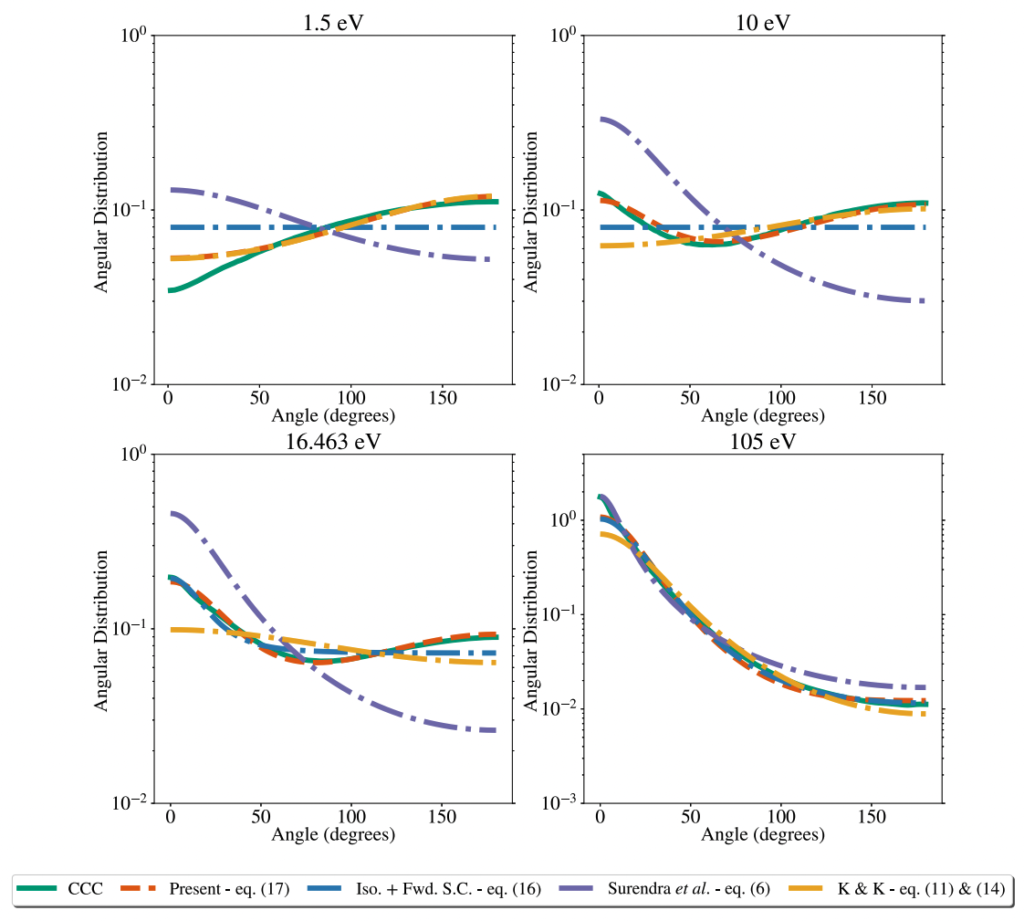
Anisotropic angular scattering models of elastic electron-neutral collisions for Monte Carlo plasma simulations
RM Park, W Kupets, MC Zammit, J Colgan, CJ Fontes, BS Scheiner, E Timmermans, X-Z Tang, LH Scarlett, DV Fursa, I Bray, NA Garland. Plasma Sources Science Technology 31 065013 (2022)
doi: 10.1088/1361-6595/ac781f
Summary: Many plasma simulations that resolve post-collision dynamics of individual electrons require knowledge of the probability at scattering out at any given angles. This paper looks at common analytic probability distributions used for elastic electron-target collisions in our communities, and proposes a different approach to try capture the effects of back-scattering at low electron impact energy.
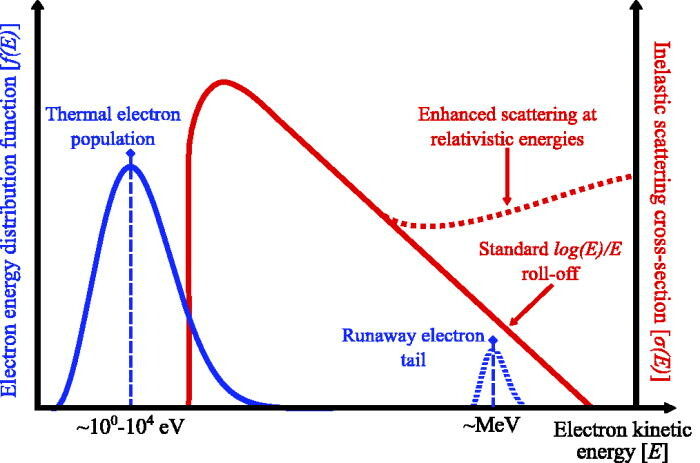
Understanding how minority relativistic electron populations may dominate charge state balance and radiative cooling of a post-thermal quench tokamak plasma
NA Garland, H-K Chung, MC Zammit, CJ McDevitt, J Colgan, CJ Fontes, X-Z Tang. Physics of Plasmas 29 012504 (2022)
doi: 10.1063/5.0071996
Summary: We look at how a small population of relativistic electrons behave in plasma environments akin to post-disruption tokamak discharges. These fast electrons can significantly affect things like ion charges and radiation, even though there aren’t many of them. We get into the physics behind this impact and explore how these effects could influence future fusion scenarios when certain impurities like neon and argon are present.
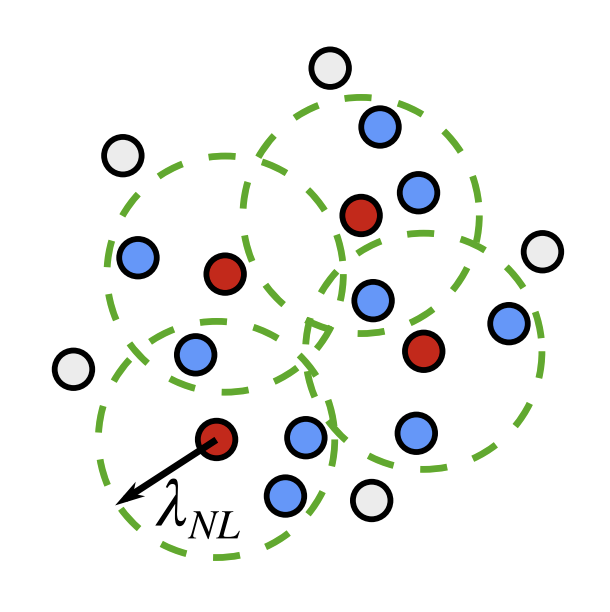
Neural network representability of fully ionized plasma fluid model closures
R Maulik, NA Garland, JW Burby, X-Z Tang, P Balaprakash. Physics of Plasmas 27 072106 (2020)
doi: 10.1063/5.0006457
Summary: We demonstrate proof of concept for using neural network surrogates in fluid modeling, specifically for plasmas that are affected by magnetic fields, by using trained surrogates for the closure problem. We apply machine learning techniques to see if neural networks can replicate the important physics involved in common benchmark closure physics. We find that neural networks show promise in solving this problem and also offer guidance on choosing the right kind of network based on the specific physical properties of the plasma you’re dealing with.
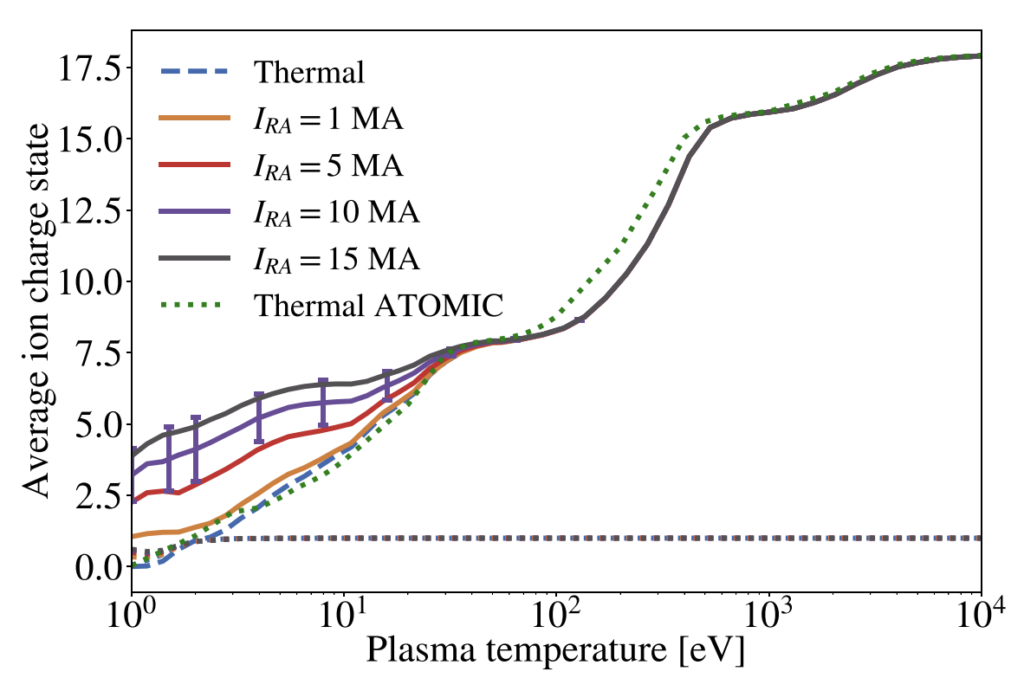
Impact of a minority relativistic electron tail interacting with a thermal plasma containing high-atomic-number impurities
NA Garland, H-K Chung, CJ Fontes, MC Zammit, J Colgan, T Elder, CJ McDevitt, TM Wildey, X-Z Tang. Physics of Plasmas 27 040702 (2020)
doi: 10.1063/5.0003638
Summary: Small fractions of relativistic energetic electrons can have a big impact on plasmas in lab and natural scenarios. These fast-moving electrons can greatly influence the charges of ions and the rate at which energy is lost through radiation, even though there are very few of them. This is because at such high energies the inelastic scattering probability of an electron colliding with ions or atoms can be greatly enhanced, which in turn affects the overall behaviour of the plasma.
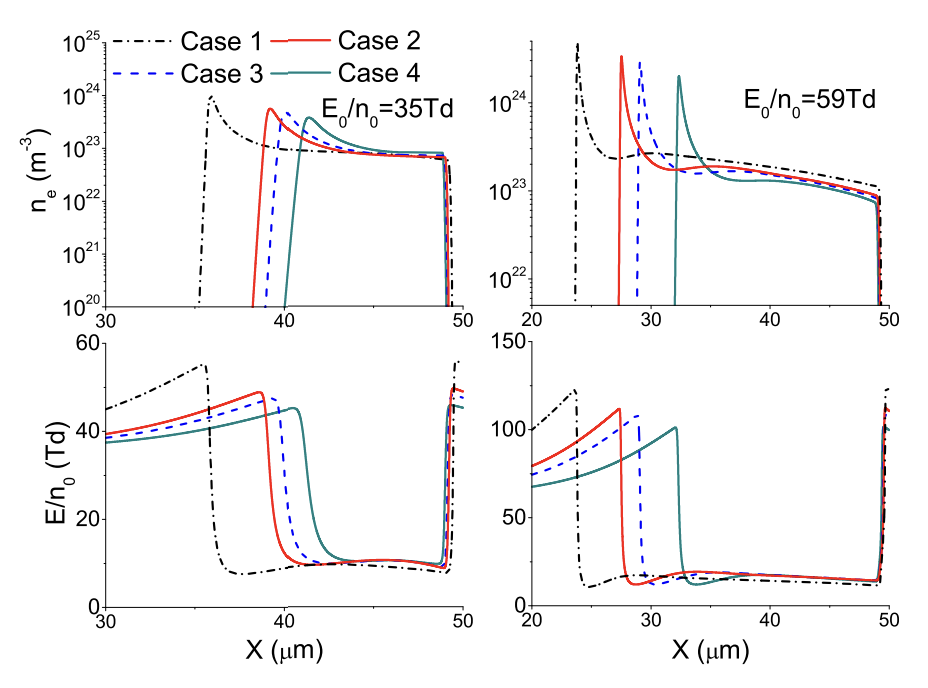
Electron transport and negative streamers in liquid xenon
I Simonović, NA Garland, D Bošnjaković, Z Lj Petrović, RD White, S Dujko. Plasma Sources Science and Technology 28 015006 (2019)
doi: 10.1088/1361-6595/aaf968
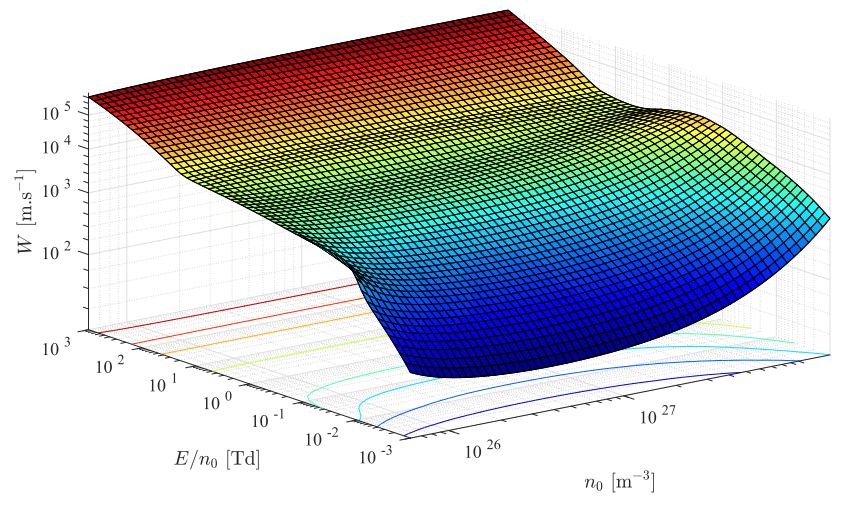
Electron swarm and streamer transport across the gas-liquid interface: a comparative fluid model study
NA Garland, I Simonović, GJ Boyle, DC Cocks, S Dujko, RD White. Plasma Sources Science and Technology 27 105004 (2018)
doi: 10.1088/1361-6595/aae05c
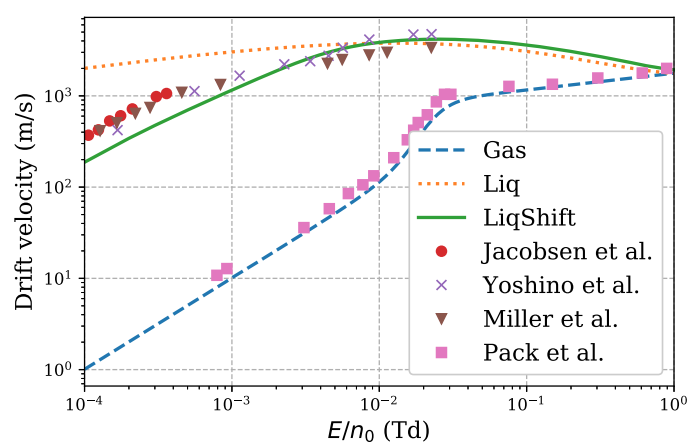
Non-equilibrium electron transport in biomolecular gaseous and liquid systems: Theory, experiment and self-consistent cross-sections
RD White, DG Cocks, GJ Boyle, MJE Casey, NA Garland, D Konovalov, BW Philippa, PW Stokes, J de Urquijo, O González-Magaña, RP McEachran, SJ Buckman, MJ Brunger, G Garcia, S Dujko, and Z Lj Petrovic. Plasma Sources Science and Technology 27 053001 (2018)
doi: 10.1088/1361-6595/aabdd7
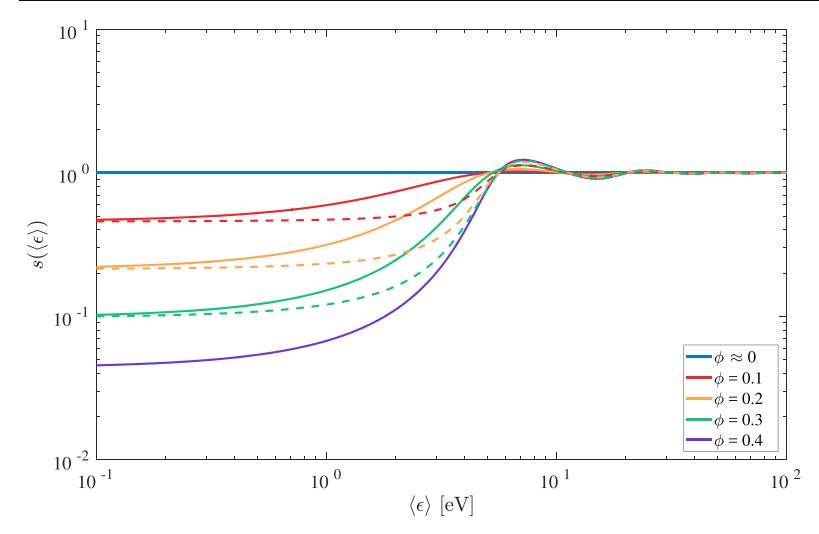
Approximating the non-linear density dependence of electron transport coefficients and scattering rates across the gas-liquid interface
NA Garland, GJ Boyle, DG Cocks, RD White. Plasma Sources Science and Technology 27 024002 (2018)
doi: 10.1088/1361-6595/aaaa0c
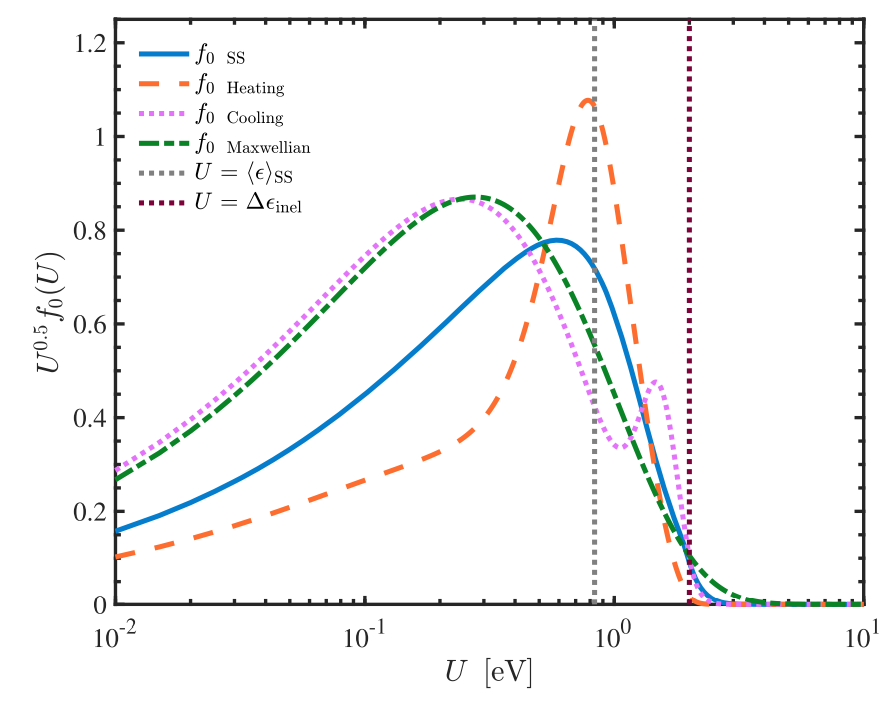
Unified fluid model analysis and benchmark study for electron transport in gas and liquid analogues
NA Garland, DG Cocks, GJ Boyle, S Dujko, RD White. Plasma Sources Science and Technology 26 075003 (2017)
doi: 10.1088/1361-6595/aa73c6

Electron swarm transport in THF and water mixtures
RD White, MJ Brunger, NA Garland, RE Robson, KF Ness, G Garcia, J de Urquijo, S Dujko, Z Lj Petrovic. The European Physical Journal D 68 (5), 125 19 (2014)
doi: 10.1140/epjd/e2014-50085-7

Transport properties of electron swarms in tetrahydrofuran under the influence of an applied electric field
NA Garland, MJ Brunger, G Garcia, J de Urquijo, RD White. Physical Review A 88 (6), 062712 17 (2013)
doi: 10.1103/PhysRevA.88.062712
Conference presentations
- When fusion plasmas get cool: A need for more atomic physics in classical fusion models. Presented at the 31st Symposium and Summer School on Physics of Ionized Gases (SPIG), September 2022. [Invited talk]
- H, He and H2 elastic scattering models for use in plasma kinetic models. Contributed talk at Second Meeting of the Global Network for the Atomic and Molecular Physics of Plasmas (GNAMPP), December 2021 Virtual Meeting.
- Anisotropic angular scattering models of elastic electron-neutral collisions for Monte Carlo plasma simulation. Contributed talk presented at 2021 74th Annual Gaseous Electronics Virtual Conference.
- The physics of how a minority runaway electron population can dominate the charge state balance and radiative cooling of a post thermal quench plasma. Presented at 2020 Annual Meeting of the APS Division of Plasma Physics November 2020. [Invited talk]
- A collisional-radiative model benchmarking and comparative study of fusion relevant atoms. Contributed talk presented at 2020 73rd Annual Gaseous Electronics Virtual Conference.
- Collisional-radiative modeling of fusion relevant plasmas with relativistic electron components. Contributed talk presented at 2020 51st Annual Meeting of the APS Division of Atomic, Molecular and Optical Physics APS Meeting
- Collisional-radiative modeling applied to post-disruption fusion plasmas with a runaway electron component. Contributed talk presented at 2019 61st Annual Meeting of the APS Division of Plasma Physics, Fort Lauderdale, Florida, USA
- A modeling framework for streamer discharges in gases, liquids, and interfacial regions. Presented at the 20th Gaseous Electronics Meeting (GEM XX) 2018, Magnetic Island, Australia. [Invited talk]
- A framework for fluid modelling of continuous electron transport across the gas-liquid interface. Contributed talk presented at XX International Symposium on Electron-Molecule Collisions and Swarms (POSMOL) 2017, Magnetic Island, Australia
- Transport properties of electron swarms in simulated biological matter under the influence of an applied electric field. Contributed talk presented at Gaseous Electronics Meeting (GEM) 2014, Victor Harbour, Australia.
Conference posters
- Insights from collisional-radiative modeling applied to disrupting ITER-like fusion plasmas. Presented at Joint ICTP-IAEA School on Atomic and Molecular Spectroscopy in Plasmas, Trieste, Italy 2019
- The influence of toroidicity and partially ionized atomic impurities on runaway electron avalanche in tokamak plasmas. Presented at Sherwood Fusion Theory Conference 2019, Princeton, New Jersey, USA
- Towards a continuum model of electron transport across a gas-liquid interface. Presented at the 10th EU-Japan Joint Symposium on Plasma Processing (JSPP2017), Okinawa, Japan
- A framework for fluid modelling of continuous electron transport across the gas-liquid interface. Presented at XX International Symposium on Electron-Molecule Collisions and Swarms
(POSMOL) 2017, Magnetic Island, Australia - Higher order moment models of electron transport in gases and liquids. Presented at Gaseous Electronics Conference (GEC) 2016, Bochum, Germany.
- On the application of a physically based higher order fluid model for low-temperature plasmas. Presented at GEC 2012, Austin, USA.
PhD dissertation
My PhD dissertation from JCU is available online via the JCU Research Repository or directly here.